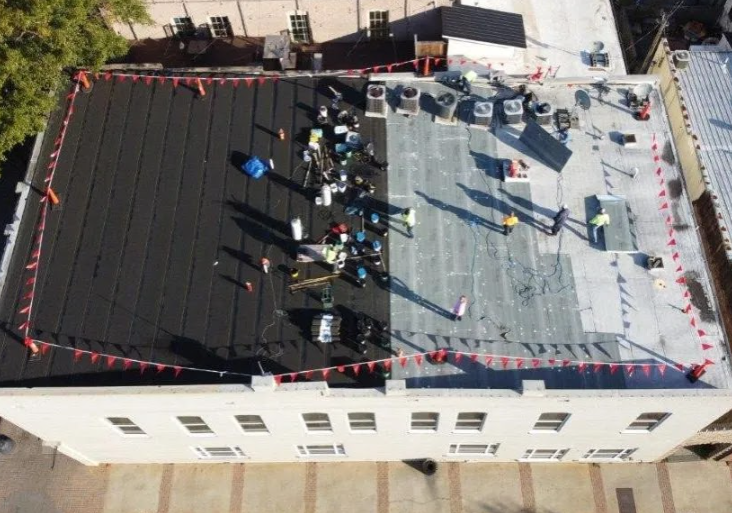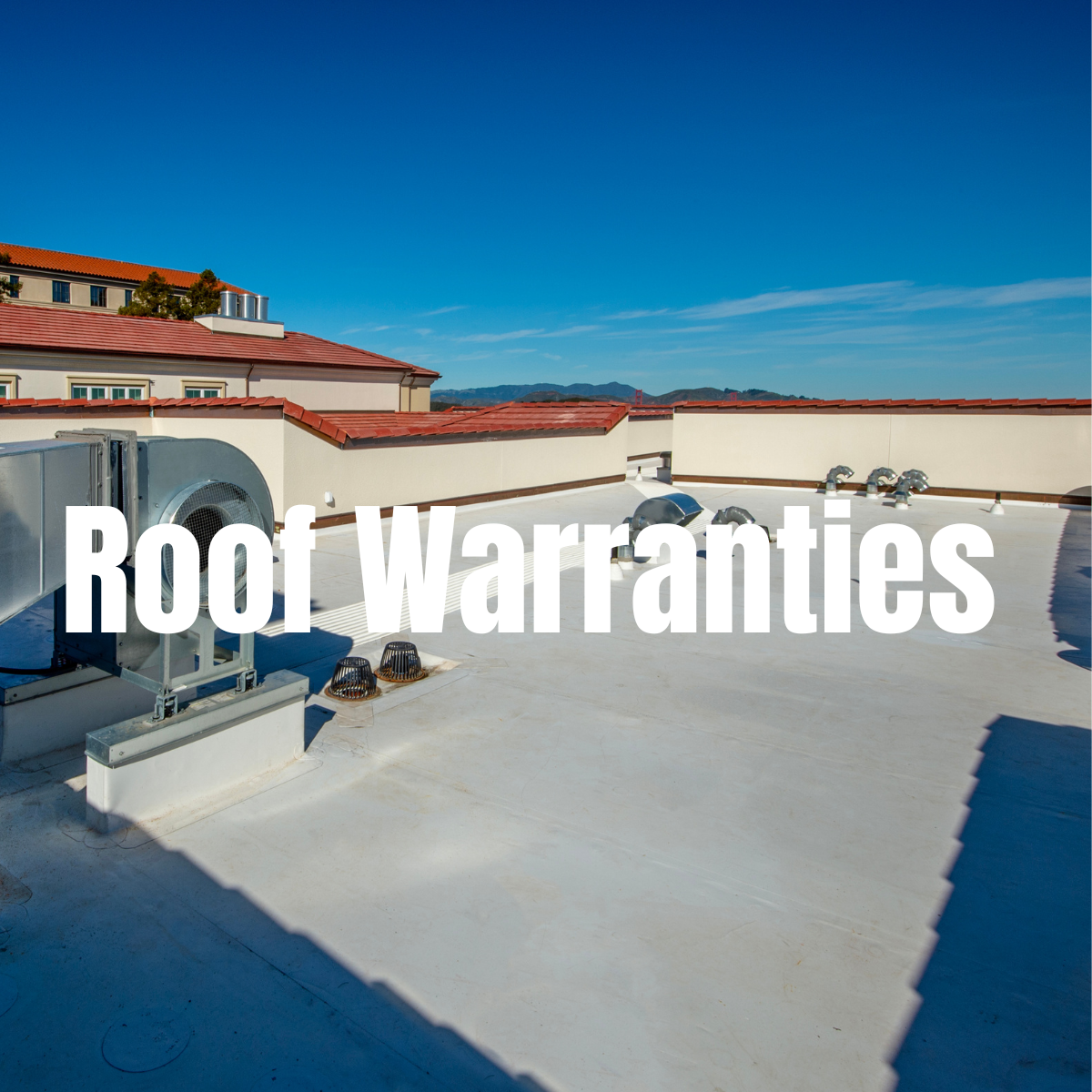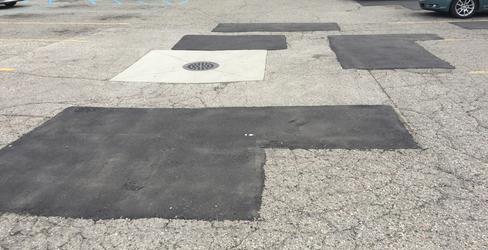Fiber-reinforced asphalt is a construction material that combines traditional asphalt with polymer fibers to enhance its mechanical properties and durability. The addition of fibers to asphalt helps improve its resistance to cracking, rutting, and fatigue, making it more suitable for heavy traffic and harsh environmental conditions.
The addition of polymer fibers are what makes this material so durable and long lasting. Typically the fibers are materials like polypropylene, polyester, and para-aramid fibers. You’ve probably heard of para-aramid before; more commonly known as Kevlar. Kevlar is known for its durability and cut resistant properties and used in military applications for body armor fabric. When mixed with asphalt it provides three-dimensional reinforcement. These fibers are incorporated into the asphalt mixture during the production process at the asphalt plant. Once the asphalt cures, these fibers create a network within the material distributing stresses more evenly, which increases the asphalt’s tensile strength; reducing cracking and fatigue damage.
Fiber-reinforced asphalt is commonly used in various construction applications, including road ways, airport runways, parking lots, and industrial flooring. It helps extend the lifespan of the asphalt and reduce maintenance requirements, making it a valuable option for areas with heavy traffic and challenging weather conditions. One example of how durable asphalt can be with added fiber is a case study done at the Jackson Hole Airport in Jackson Hole, Wyoming. Where a runway was paved with Forti Fi fiber added to the asphalt mix. (Forti Fi was one of the first to hold the patent for fiber reinforced asphalt.) The Jackson Hole Airport had significant challenges due to its location within Grand Teton National Park. Some key factors affecting the runway’s longevity include extreme temperature changes, abrasive snow removal practices, and the need to accommodate large commercial aircraft, such as the Boeing 737. The runway was milled and paved with one inch of FRC over existing asphalt. After 10 years the site was visually evaluated in May 2019, and despite some minor distresses and minimal transverse cracking the overall report of the runway’s condition was impressive. (Read the whole review here)
Because of its remarkable performance, fiber-reinforced asphalt is also delivering substantial cost savings, making it an increasingly attractive choice. To put this into perspective, consider the cost of a 4-inch removal and replacement with regular asphalt, which on average amounts to approximately $5 per square foot. While in contrast, with fiber there is no need to do 4-inches of removal and replacement because of the proven durability of the added fiber. Instead, a 2-inch overlay of fiber-reinforced asphalt is recommended; which is approximately $2.50 per square foot. While fiber-reinforced asphalt is typically about 15% more than regular asphalt costs, the return on investment is worth it. With fiber-reinforced asphalt, you not only save on initial installation costs but also gain the benefit of a 25%-50% longer lifespan compared to traditional asphalt. This extended durability not only optimizes your investment but also reduces the frequency of maintenance, ultimately translating into substantial cost savings over the lifespan of the surface. It’s a win-win for both your budget and the longevity of your asphalt surfaces.
Case studies and real-world applications have consistently demonstrated that this technology extends the lifespan of asphalt surfaces when compared to traditional asphalt. As well as mitigating reflective cracking and reducing the amount of maintenance needed to fill cracks and apply seal coat. A case study conducted in San Diego, California, with an industrial property parking lot showed significant cost savings when opting for a 2-inch fiber-reinforced overlay as opposed to full removal and replacement. Not only did this approach prove economical, but it also promises an extended lifespan by 50% beyond that of a traditional asphalt overlay. (Read Case study)
Fiber-reinforced asphalt is a game-changer and something we have seen great success with our clients. Combining strength, durability, and cost-effectiveness to create a material that is reshaping the way we build and maintain our paved surfaces and more. Its ability to endure the harshest conditions, reduce maintenance demands, and cost savings make it a valuable asset in the future of construction.




